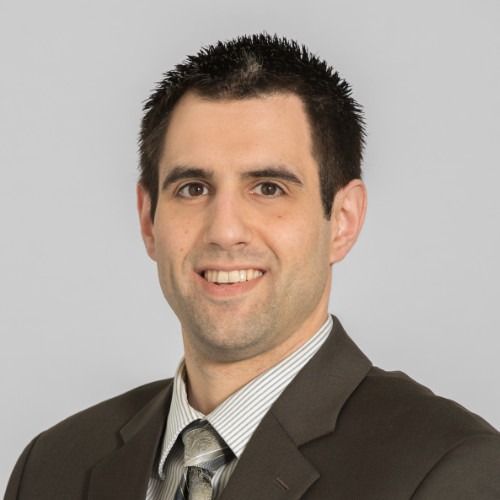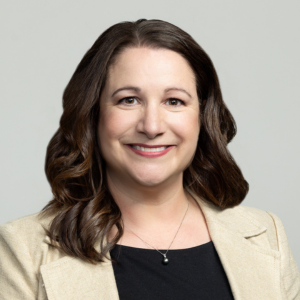Adult day centers a new casualty of Medicaid cuts
The warnings have been well reported up to this point. Unfortunately, providers have little say in the matters of Medicaid and the transformations taking place in each state. Operators and, yes, seniors, will have to adapt.
Just look no further than California, which may see adult day care centers close with abandon in the effort to balance its budget. Gov. Jerry Brown’s state plan amendment to reduce reimbursement rates for freestanding skilled nursing facilities through Medi-Cal—which allows qualified individuals to attend adult day centers with $76 in funding per day—was recently approved by the Centers for Medicare & Medicaid Services, the results of which shall cut $169 million to adult day healthcare. (Oh, and other providers will be affected as well.)
Seniors and healthcare workers took to the streets on Halloween, protesting the decision to retroactively cut adult day services, which allow those with chronic conditions the opportunity to still live at home while providing respite to their family caregivers. “Under a plan set to take effect by Dec. 1, the 35,000 clients who use the state's adult day-care centers will be shifted into managed health care programs,” the Daily News in Los Angeles reported.
A judicial hearing on the Medi-Cal cut has been postponed until November 15.
Then there’s Kansas, which is expected to announce Medicaid reform this month and push for cheaper alternatives to nursing home care. And it is a decision being driven by quality.
Quality of nursing home care varies greatly in the state, inspection records show.
Now the state is trying to make it easier for families to identify the nursing homes that offer the best care.
At the same time, some in the industry say they expect to see the poorer-performing nursing homes close in coming years as the industry undergoes some of its biggest changes in decades.
“I don’t think it’s a stretch to say they’ll be more change in the nursing home industry in the next two or three years than there has been in the last 20 years,” said Kansas Secretary of Aging Shawn Sullivan.
An important note in that story explaining the logic behind the state’s Medicaid reforms is that “nearly one in five Kansas nursing home residents have ‘low care needs’ that could be served in cheaper, alternative community settings.” As was reported last week by the Kaiser Family Foundation, the movement toward community-based settings is just now taking hold.
With the threat of budget shortfalls blanketing the minds of governors nationwide, these changes will certainly not see an end soon. Please report the rumblings heard in your state in the comments below.

Kevin Kolus wrote for I Advance Senior Care / Long-Term Living when he was an editor. He left the brand in 2012. He is now senior communications manager at Cleveland Clinic.
Related Articles
Topics: Housing , Medicare/Medicaid










